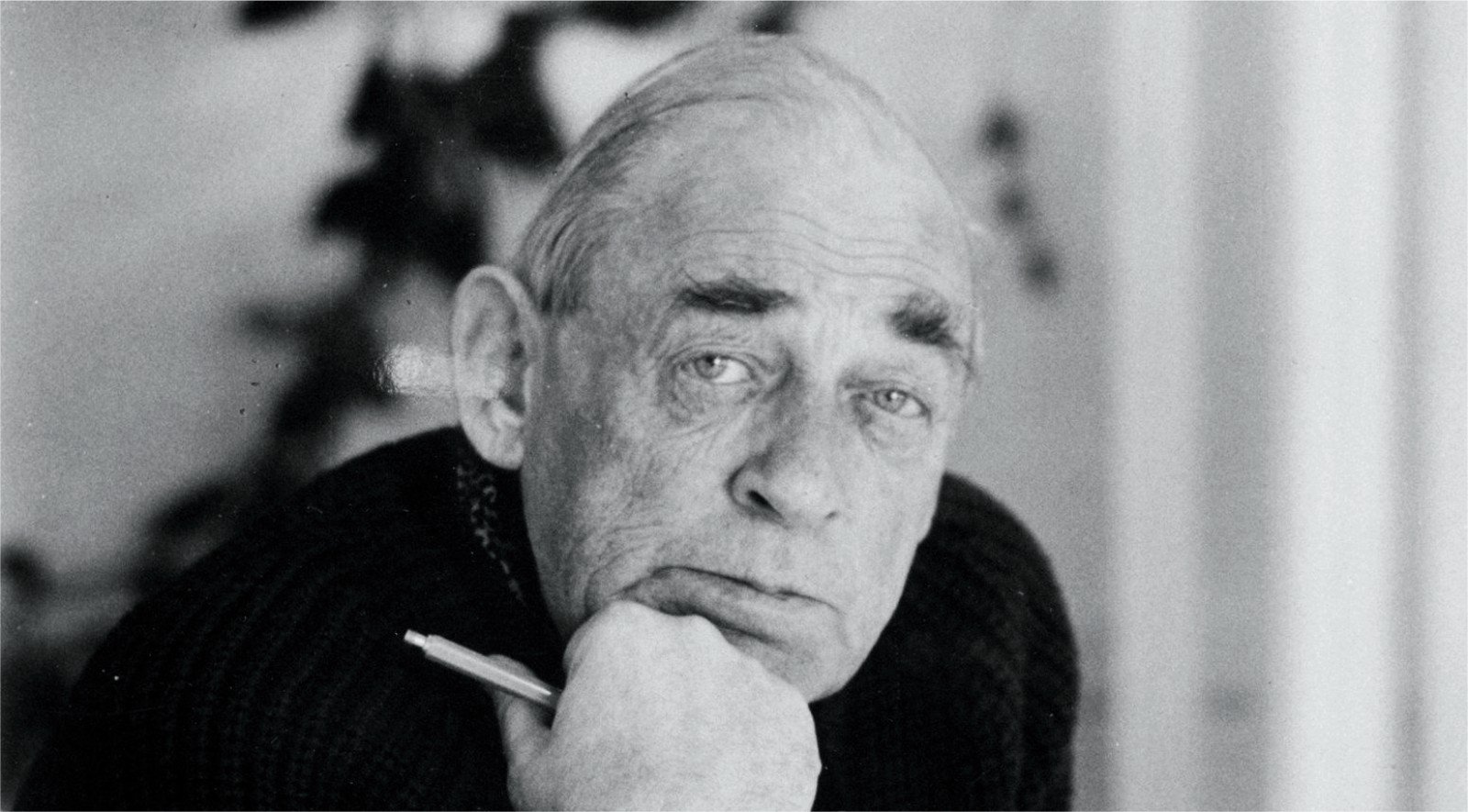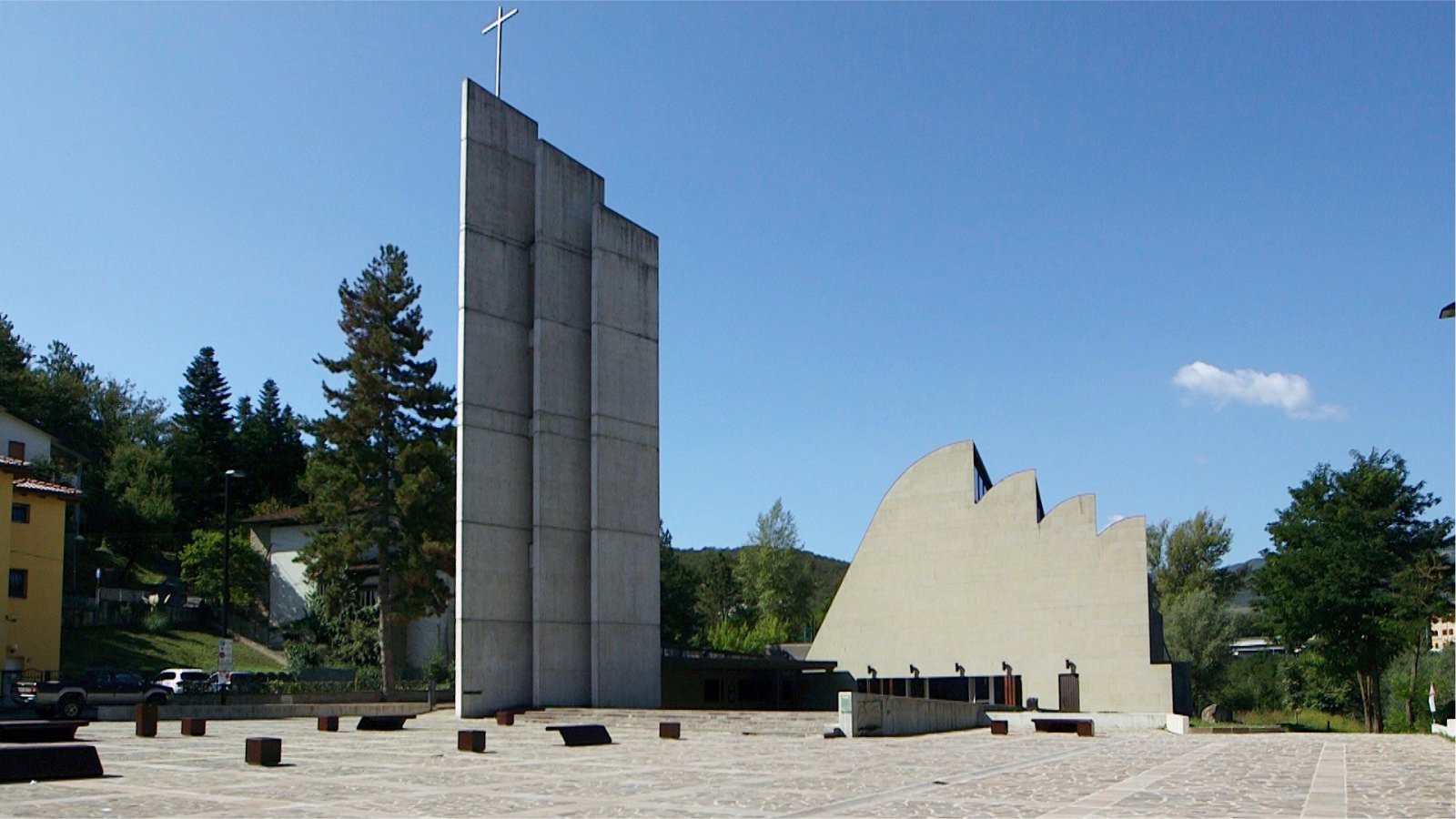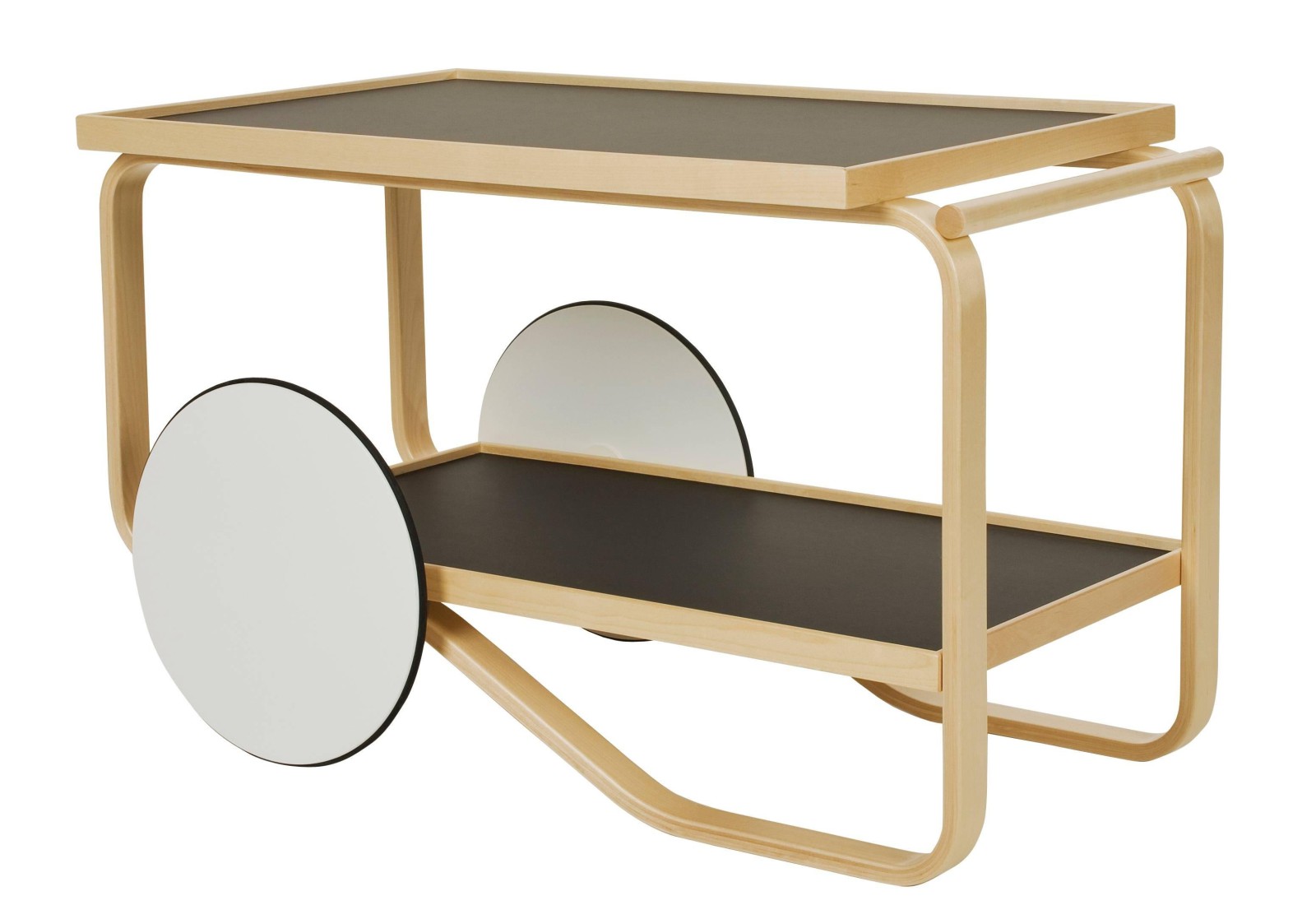Hugo Alvar Henrik Aalto, known as Alvar Aalto, was born on February 3, 1898 in Kuortane. Finnish architect, designer and academician, together with Ludwig Mies van der Rohe, Walter Gropius, Frank Lloyd Wright and Le Corbusier, is one of the most important figures in 20th century architecture as a master of the Modern Movement and undisputed leader of the European organic architecture.
From early classicism, around 1927 he joined the emerging modernist sensibilities with a new syntax published in “Vers une architecture” by Le Corbusier with the five points (I pilotis – The roofs-garden – The free plan – The ribbon window – The free facade), a methodology that assumed rationality and functionalism as key criteria on which to build architecture.
Alvar did not rigidly apply the demands of the Modern Movement, but preferred to re-elaborate them and use them for the development of a new rational methodology, granting ample space even to more unusual themes such as the relationship between the building organism and Nature to define a truly “a human measure “.
Aalto, in his fullest stylistic maturity, integrates and interpenetrates the volumes and structures and embellishes them with wavy and sinuous walls and with a masterful use of asymmetry: it was in this way that the architect gave life to vital, fluid planovolumetric configurations, or even organic.
It enabled him to make an international breakthrough, largely because of Paimio Sanatorium (1929-1933), an important Functionalist milestone. Aalto had adopted the principals of user-friendly, functional design in his architecture. From the late 1930s onwards, the architectural expression of Aalto’s buildings became enriched by the use of organic forms, natural materials and increasing freedom in the handling of space.
The shift in Aalto’s design approach from classicism to modernism is epitomised by the Viipuri Library in Vyborg (1927–35), which went through a transformation from an originally classical competition entry proposal to the completed high-modernist building. His humanistic approach is in full evidence in the library: the interior displays natural materials, warm colours, and undulating lines. Grazie a questi progetti, Aalto first achieved world attention in architecture.
It was characteristic of Aalto to treat each building as a complete work of art – right down to the furniture and light fittings. In 1935, Artek was formed to promote the growing production and sales of Aalto furniture. Aalto was driven by an interest in glass since it provided an opportunity to handle the material in a new kind of way using free forms. His win in the Karhula-Iittala glassware design competition in 1936 led to the birth of the world-famous Savoy vase.
Aalto’s early experiments with wood and his move away from a purist modernism would be tested in built form with the commission to design Villa Mairea in Noormarkku. The building was constructed in 1938–1939, with an a layout a L-shape which automatically created a semi-private enclosure to one side more exclusive. The lawn and the swimming pool are situated in the angle of the L, with a variety of rooms overlooking them. The interiors of the Villa Mairea are richly articulated in wood, stone and brick.
Post war he designed the student dormitory Baker House, completed in 1949, along the Charles River, with its undulating form provided maximum view and ventilation for each resident. This building was the first building of Aalto’s redbrick period. From the 1950s onwards, Aalto’s architectural practice was employed principally on the design of public buildings, such as Säynätsalo Town Hall (1948-1952), the Jyväskylä Institute of Pedagogics (1951-1957) and the House of Culture in Helsinki (1952-1956).
In his town plan. for the void in centre of Helsinki adjacent to Töölö Bay and the vast railway yards, Aalto proposed a line of separate marble-clad buildings fronting the bay which would house various cultural institutions, including a concert hall, opera, museum of architecture and headquarters for the Finnish Academy (1962-1971).
Also worth mentioning are the KUNSTEN Museum of Modern Art (1958) in Aalborg, Denmark, which rises against the hills like a ziggurat and extends over 6,000 m2, Essen works house in Germany with auditorium asymmetrical arrangement and the indigo blue color of the seats, and the Church of the Assumption of Mary in Rionala, Italy, with six asymmetric framesdescending size towards the chancel.
Alto’s wide field of design activity ranges from the large scale of city planning and architecture to interior design, furniture and glassware design and painting, with over 500 individual buildings, approximately 300 of which were built, the vast majority of which are in Finland, but also has a few buildings in France, Germany, Italy and the USA.










